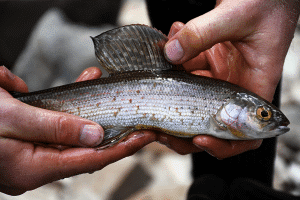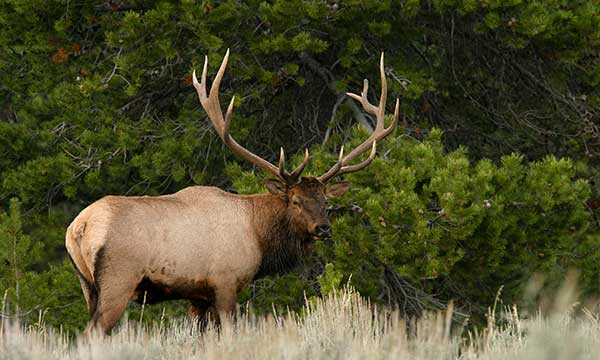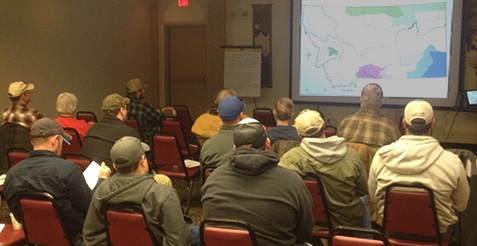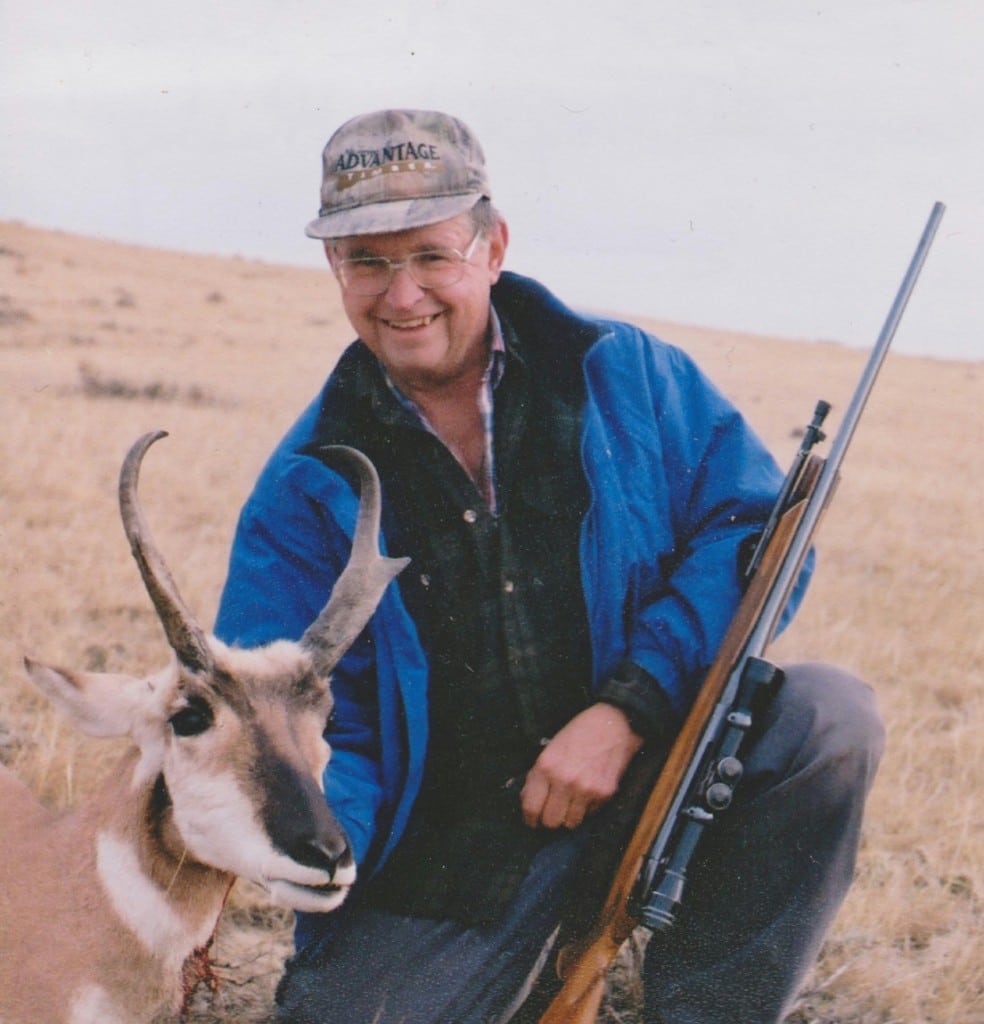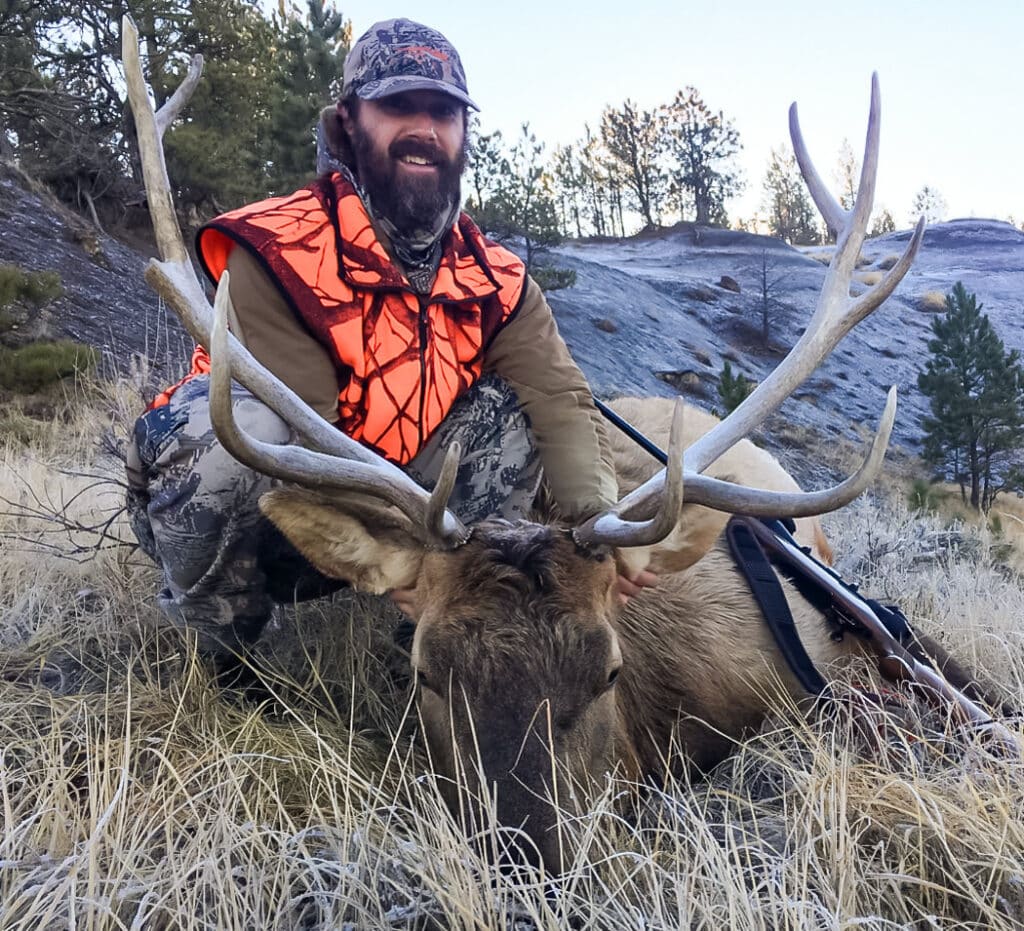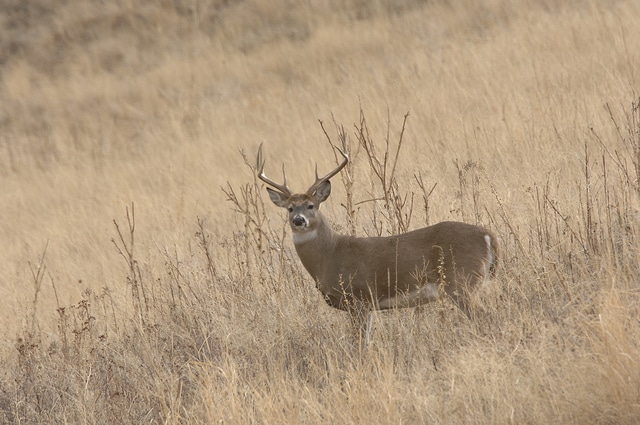
Chronic Wasting Disease has been getting a lot of attention in Montana lately, after the disease was first detected in the Treasure State last November in a mule deer buck in Carbon County, and subsequently in more deer around the state. Montana Fish, Wildlife and Parks responded with two special hunts to get an adequate sample size to determine prevalence and geographic distribution of the disease.
But someone else responded as well – Montana Senator Jon Tester. He has introduced a bill that would allocate $60 million in federal funds nationwide to help fight this disease. The money would go right where it’s most needed – to state and tribal wildlife agencies doing the on-the-ground work to manage wildlife and CWD.
Tester’s bill could help pay for special management hunts, CWD lab testing and for the facilities to help implement a program to monitor and manage the disease. State and tribal agencies have the staffing and expertise to handle the disease. But at a time when they’re dealing with so many other wildlife issues, CWD puts a tremendous strain on their resources. Simply put, it takes time – and that takes money – to address this very complicated and serious wildlife disease.
Eight wildlife conservation and hunting organizations recently sent Senator Tester a letter thanking him for his work on this key issue. The groups included the Montana Wildlife Federation, National Wildlife Federation, Theodore Roosevelt Conservation Partnership, Mule Deer Foundation, Montana Backcountry Hunters and Anglers, Montana Bowhunters Association, Traditional Bowhunters of Montana and Wildlife Management Institute.
We hope that Congress can prioritize a response to this issue. Other Senators are looking at cosponsoring Senator Teste’rs bill, and a companion bill has also been introduced in the House of Representatives. Without the federal support to manage the disease, state and tribal wildlife agencies are left with a major burden to get ahead of CWD. Public servants like Jon Tester understand they need the help, and he’s working to get that help to protect our valued native wildlife and our hunting heritage.
Nick Gevock is the conservation director for the Montana Wildlife Federation.
Want to know more about this issue?
- Sign up for MWF email alerts for updates on CWD and other issues.
- Join MWF to help support our work to protection wildlife, habitat, and outdoor access!

